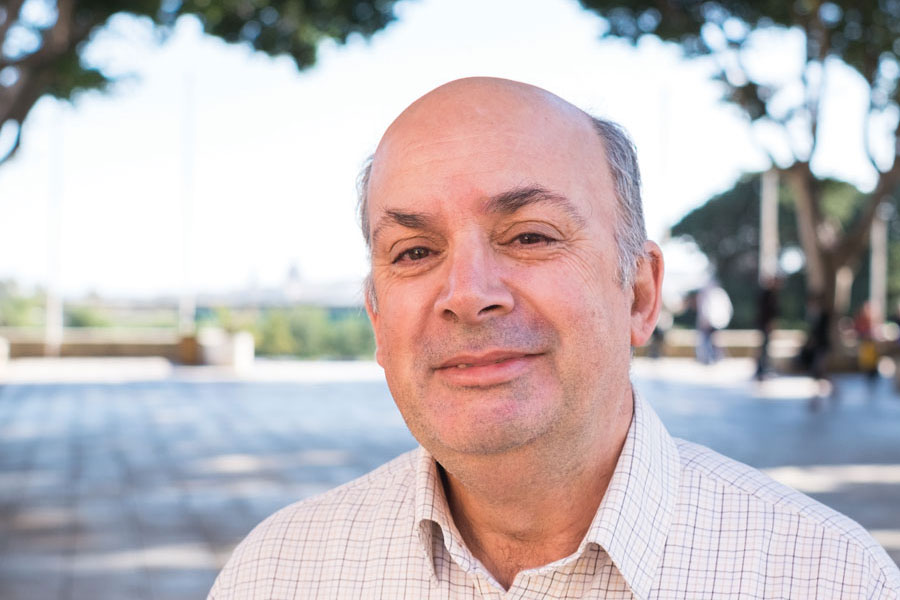As universities and research institutions look to protect the knowledge they develop, András Havasi questions time frames, limited resources, and associated risks.

The last decade has seen the number of patent applications worldwide grow exponentially. Today’s innovation- and knowledge-driven economy certainly has a role to play in this.
With over 21,000 European and around 8,000 US patent applications in 2018, the fields of medical technologies and pharmaceuticals—healthcare industries—are leading the pack.
Why do we need all these patents?
A patent grants its owner the right to exclude others from making, using, selling, and importing an invention for a limited time period of 20 years. What this means is market exclusivity should the invention be commercialised within this period. If the product sells, the owner will benefit financially. The moral of the story? A patent is but one early piece of the puzzle in a much longer, more arduous journey towards success.
Following a patent application, an invention usually needs years of development for it to reach its final product stage. And there are many ‘ifs’ and ‘buts’ along the way to launching a product in a market; only at this point can a patent finally start delivering the financial benefits of exclusivity.
Product development is a race against time. The longer the development phase, the shorter the effective market exclusivity a product will have, leaving less time to make a return on the development and protection costs. If this remaining time is not long enough, and the overall balance stays in the negative, the invention could turn into a financial failure.
Some industries are more challenging than others. The IT sector is infamous for its blink-and-you-miss-it evolution. The average product life cycle on software has been reduced from three–five years to six–12 months. However, more traditional sectors cannot move that quickly.
The health sector is one example. Research, development, and regulatory approval takes much longer, spanning an average of 12–13 years from a drug’s inception to it being released on the market, leaving only seven to eight years for commercial exploitation.
So the real value of a patent is the effective length of market exclusivity, factored in with the size of the market potential. Can exclusivity in the market give a stronger position and increase profits to make a sufficient return on investment? All this makes patenting risky, irrespective of the technological content—it is a business decision first and foremost.
Companies see the opportunity in this investment and are happy to take the associated risks. But why does a university bother with patents at all and what are its aims in this ‘game’?
Universities are hubs of knowledge creation and today’s economy sees the value in that. As a result, research institutions intend to use and commercialise their know-how. And patenting is an essential part of that journey.
The ultimate goal and value of a patent remains the same, however, it serves a different purpose for universities. Patents enable them to legally protect their rights to inventions they helped nurture and claim financial compensation if the invention is lucrative. At the same time, patent protection allows the researchers to freely publish their results without jeopardising the commercial exploitation of the invention. It’s a win-win situation. Researchers can advance their careers, while the university can do its best to exploit the output of their work, bolster its social impact, and eventually reinvest the benefits into its core activity: research.
At what price?
Patenting may start at a few hundred or thousand euros, but the costs can easily accumulate to tens or even hundreds of thousands over the years. However, this investment carries more risk for universities than for companies.
Risks have two main sources. Firstly, universities’ financial capabilities are usually more limited when compared to those of businesses. Secondly, universities are not the direct sellers of the invention’s eventual final product. For that, they need to find their commercial counterpart, a company that sees the invention’s value and commercial potential.
This partner needs to be someone who is ready to invest in the product’s development. This is the technology transfer process, where the invention leaves the university and enters the industry. This is the greatest challenge for university inventions. Again, here the issue of time raises its head. The process of finding suitable commercial partners further shortens the effective period of market exclusivity.
A unique strategy is clearly needed here. Time and cost are top priorities. All potential inventions deserve a chance, but risks and potential losses need to be minimised. It is the knowledge transfer office’s duty to manage this.
We minimise risks and losses by finding (or trying to find) the sweet spot of time frames with a commercial partner, all while balancing commercial potential and realistic expectations. The answer boils down to: do we have enough time to take this to market and can we justify the cost?
Using cost-optimised patenting strategy, we can postpone the first big jump in the costs to two and a half years. After this point, the costs start increasing significantly. The rule of thumb is that about five years into a patent’s lifetime the likelihood of licensing drops to a minimum. So on a practical level, a university invention needs to be commercialised very quickly.
Maintaining a patent beyond these initial years can become unfeasible, because even the most excellent research doesn’t justify the high patenting costs if the product is not wanted by industry. And the same applies for all inventions. Even in the health sector, despite product development cycles being longer, if a product isn’t picked up patents can be a huge waste of money.
Patenting is a critical tool for research commercialisation. And universities should protect inventions and find the resources to file patent applications. However, the opportunities’ limited lifetime cannot be ignored. A university cannot fall into the trap of turning an interesting opportunity into a black hole of slowly expiring hopes. It must be diligent and level-headed, always keeping an ear on the ground for the golden goose that will make it all worth it.




